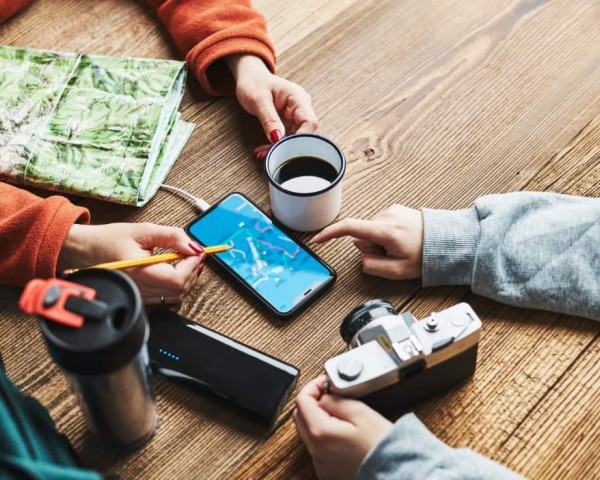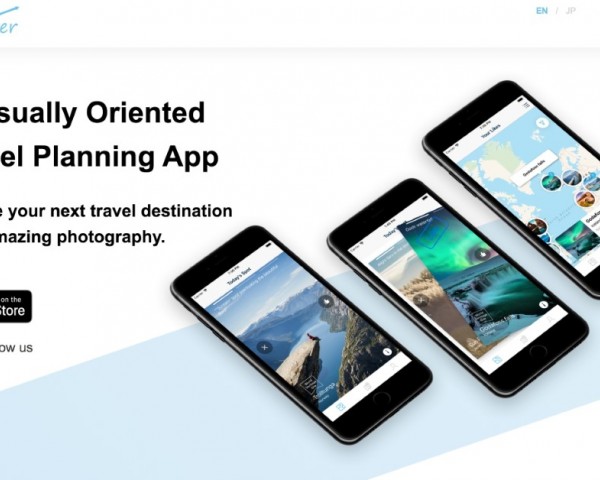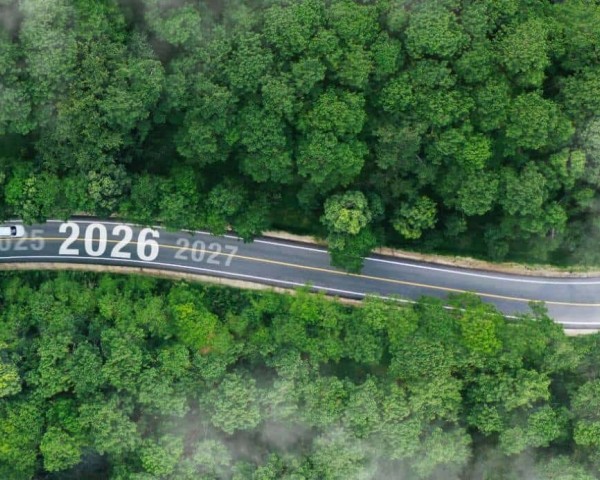Modern destination planning is based on technology
Traveling to the destination is no longer the only aspect of tourism. The goal is to experience it more resilient and reasonably. Digital twins are a technology that gradually changes the game because cities and directions seek seamless tourist impressions while maintaining their natural and cultural values. Imagine a virtual metropolis that is alive and healthy. It also gives you a look at how your next vacation can pass before you even pack the bags.
This initially futuristic idea is currently affecting the management and planning of travel places. Now the question is not whether tourism will accept new technologies, but how quickly and ethically it will turn travel experience.
The context of technology
Digital twins are in the forefront of the tourist business from a number of factors. For the first time, it is now easier and less expensive to create detailed virtual copies of the 3D events and geographical reflections. As reasonable tourist programs also grown, directions urge to balance environmental management with economic development. Digital twins can help with this by providing data and prognostic modeling.
Interest in this technology has increased significantly as a result of the pandemic pursuit of strong and effective tourist operations. In addition, private companies and academic institutes work together to create scalable platforms, specially designed for the tourist industry and ensuring that the places of all sizes can use their potential.
Preservation of cultural heritage
The growing demand for tourism and the possibility of degradation provide two problems for cultural heritage sites. Digital twins offer a solution that reduces physical deterioration and allows for remote access to tourism and education, creating intricate virtual ideas about famous attractions.
The digital double of St. Peter’s Basilica is one of the signs. This replica helps to organize a visit and identify structural weaknesses that can be obvious during conventional checks and supports virtual tours.
Improving visitors’ experience
Digital twins change how tourists interact with places before they get there. For example, it has already been used by the Singapore Tourist Council to control the tourist flow and guarantee of sustainable growth. This allows the city to keep its charm by keeping its resources.
Through exciting 3D children and interactive virtual excursions, travelers can pre -view museums, hotels and attractions with the same ease with the flights or check the available Internet sites allowed in the zone for fast entertainment during transit. This unobstructed integration of digital interaction reflects a broader tendency in travel: visitors expect an interactive and at the request of the experience at each stage of their journey.
Directions can increase enthusiasm and interaction by creating these interactive views and guarantee that visitors arrive not only educated but also emotionally into the experience they are going to have.
Improvement of customer logistics and service
Not only does it serve tourists, but also help hotels and travel agencies to work more efficiently. Enterprises can increase productivity and reduce delays by organizing farming schedules or mimicing the flow of airport passengers. Digital Data’s prognostic analyst helps operators in anticipation of the requirements of maintenance and modification of labor numbers, leading to unobstructed passengers.
Assisting in appointment and marketing strategies
Digital twins begin to be used for destination marketing organizations as tools for exciting marketing campaigns. They can produce an interactive experience that mimics the traveler’s journey, not depending on images or ordinary ads. These digital conditions make it easier to test promotional methods and increase the effective customization -based company -based.
As directions worldwide perceive this innovation, the task will be to balance the ambitions with inclusiveness and long -term stability. Digital twins are placed on the front line of switching to a completely digitized and network tourist future that has just begun.




Post Comment